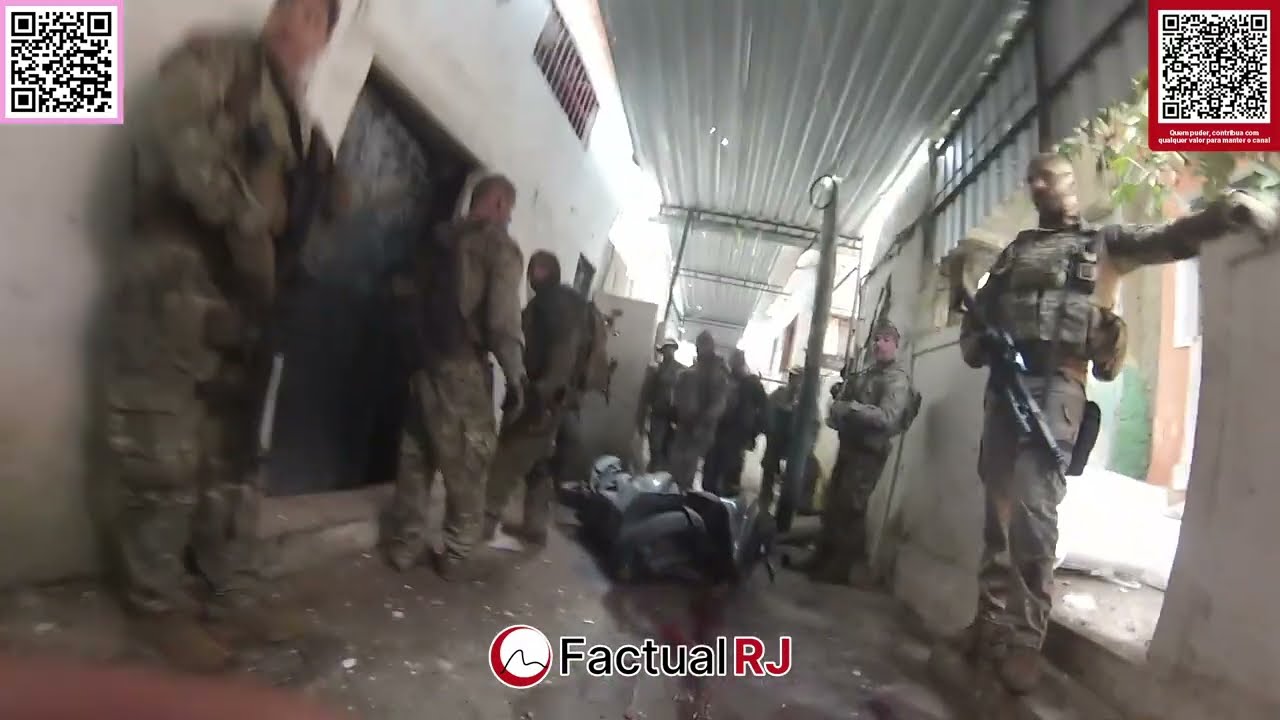MAGDALA – A CIDADE DE MARIA MADALENA E JESUS! Arqueologia bíblica em Israel
2Shalom and welcome back to Israel with Aline! We are today in Galilee, more specifically in the town of Migdal, also known as Magdala or Magdalene. Yes, this is the town where Mary Magdalene lived. And we’ll get to know everything about her, city life in Jesus’ times and much more! So if you are ready, let’s get started! The name of the city Migdal in Hebrew means tower because there was probably a tower here when the city was created; in Aramaic, it is known as Magdala, in Portuguese as Magdalena. And from this comes the name Mary Magdalene, or in Hebrew Miriam Ha’Magdalit, because people at that time didn’t have last names. They were called by their profession, or by their town of origin, or by the town where they lived, or by the name of their parents. Mary of Magdalene is one example, but Jesus himself was often called Jesus of Galilee, Jesus the Galilean, or Jesus the Nazarene. And in Jesus’ time, the city of Magdalene was a very important city; with large markets, a vibrant port, a city where thousands of people passed through every day, and here as we have said, Mary Magdalene lived and also Jesus passed through here. Now, despite the importance of this city, it is going to be completely destroyed. We will talk about this destruction later, but the most impressive thing is not that it will be destroyed, but that it will be forgotten. After it was destroyed, it will be rebuilt centuries later further North. So if nowadays you look for the city of Migdal on the map you will find it, but not here, but some miles to the North. So for centuries, we knew that the city of Migdal existed and that it was somewhere here in the region, but nobody knew where it was exactly until it was rediscovered by chance in 2006. When this land is to be purchased and a hotel is decided to be built here, the hotel that is right behind me at this moment. But in Israel, before you can start construction, you have to do archeological excavations: you have to verify that there is nothing there, or nothing very important, and then you are allowed to start building. And here, when they started to do these excavations, which are called rescue excavations, what are they going to find? You can come here with me, one of the first things they are going to find is this stone, and when they find it, they see Menorah symbols, things connected to the Jerusalem temple and they understand that they are in an important place and they start digging around, and what are they going to find? One of the ten oldest synagogues in the world ever found! And the center of the Biblical city of Magdalene, and where is this stone today? Right back here, this Synagogue, is from the year 50 B.C. which means that when this synagogue was built, and for much of the time it was active, the Jerusalem Temple still existed, so why do we need a Synagogue? The Synagogue is not, and never has been a substitute for the Jerusalem Temple, but a complement. Here public studies were made, here communal meetings and ceremonies were held. And what proves the connection of this place with the Jerusalem Temple is that stone in the center, the first stone found. This stone represents the Temple of Jerusalem, it is as if it were a miniature of the Temple, and on this side that would be the entrance of the Temple of Jerusalem, we see the Menorah, the candlestick, here we see the table of loaves and a little further on we see a flower with six petals and six more around it, totaling twelve, and the twelve here probably refers to the twelve tribes of Israel and this side of the stone that we see now, it represents the most central part, the interior of the Temple of Jerusalem; the Holy of Holies and we can see two wheels, which represents a chariot, and underneath this drawing that represents fire, it represents the Divine presence. The Divine Presence in this World and the Divine Presence in the Holy of Holies Santos, which is in Jerusalem exactly in this direction. And the greatness of this Synagogue we can see through its decorations, look at these beautiful mosaic floors that have here, the walls were also covered with frescoes, paintings, we can see some remains still on the walls; and this room that we are seeing is the Aron Akodesh, the Holy Closet. It is the place where the Biblical scrolls were kept, so it is no wonder that it is here on this side, in the direction of Jerusalem. So when someone would come here to do a public reading, for example from the book of Isaiah, they would come, they would take the Book out of here, and they would open it and read it to the whole congregation. And we know that Jesus preached in Synagogues, as it is written in Matthew 4:23; Jesus went throughout Galilee, teaching in their synagogues, proclaiming the good news of the kingdom, and healing every disease and sickness among the people. (Matthew 4:23) And so Jesus was probably in this very Synagogue that you are seeing, but there is one thing that is missing here in this Synagogue, and that is its pillars. There are a few columns here, but originally there were a lot more. What happened to them? What happened to them, to the Synagogue, and the whole city in reality? It is the great Jewish Rebellion of the year 66 After Christ. The Jews get tired of being oppressed by the Romans, and the Jews declare the rebellion and want freedom. Freedom from the greatest Empire and the greatest Army the world had ever seen! The rebellion begins here in the Galilee region and spreads across the country. And so, the people here in Migdal prepare for this great battle, and they dismantle the Synagogue, and take the columns, which were huge stones, and move them to another place. And we find the columns of the Synagogue here, at the entrance of this street which used to be the town market. Why do they bring the stones here? Because they are going to strengthen, transform this place into a mini fortress, to prepare for the Roman invasion. Unfortunately, this is going to be in vain here because the Romans are going to completely destroy the city of Migdal, and not only Migdal, all the Jewish cities here in the region are going to be destroyed. And so when the city finally gets to be rebuilt, centuries later they’re going to do it further north, getting away from all the terrible history that had happened in this place as well. And so pretty much everything that we are seeing is from Jesus’ time, so we are literally walking where Jesus and Mary Magdalene walked. After this, Jesus traveled about from one town and village to another, proclaiming the good news of the kingdom of God. The Twelve were with him, and also some women who had been cured of evil spirits and diseases: Mary (called Magdalene) from whom seven demons had come out; (Luke 8:1-2) Mary Magdalene after being healed by Jesus becomes one of his greatest disciples and begins to accompany Jesus on part of his journeys, she even stood at the foot of the cross during the Crucifixion, even though she knew it put her life at risk. One of the only ones who did this. Among all the apostles, the only one who was present at the moment was John. And she will have the honor of being the first person to see the resurrected Jesus. And how did Jesus get from one town to another here in Galilee? He could do it by walking or with animals, but mainly he used boats. Remembering that Peter was a fisherman and also part of the other apostles. And we know specifically here, from the region of Migdal, that he arrives by boat through the following passage: After Jesus had sent the crowd away, he got into the boat and went to the vicinity of Magadan. (Matthew) 15:39 And he docks at this port that we see here behind me, these are the remains of the Port of Migdal, literally from the times of Jesus so he probably passed not only by the Synagogue but also by this port. The level of the Sea of Galilee today is different from Biblical times, and it has receded but let’s walk around a little bit and take a closer look at the waters of the Sea of Galilee. And this is the Sea that has seen so many miracles: like the Miracle Fishing, it’s going to be where Jesus calms the storm, where he walks on the water, and on its shores is where Jesus did much of his ministry. And as part of this great project of Migdal, Biblical Migdal that is being reborn; there is the hotel that gave origin to all of this, there is also the archaeological park, and there is the church here that is called Duc in Altum, which means to row in the sea, and it comes from the Bible verse of Luke 5:4. This first part of the church is dedicated to the women of the Bible, among them Mary Magdalene, and the central part of the church is very special in my opinion because the altar itself is shaped like a boat which reminds us of the many Biblical passages that took place here on the shore of and in the Sea of Galilee. And only a small part of Migdal has been excavated, only a small part of all of Israel has actually been excavated. Two percent of the Biblical sites have been excavated so far, and this means that we still have a lot to discover, to rediscover. Just think how many wonderful things we have found here, and how much more we will find! And walking through these streets, on the same floor as in Biblical times, I want to say goodbye to you, remind you to subscribe to the channel, and to like the video, a big kiss, see you next time!








acwgb3